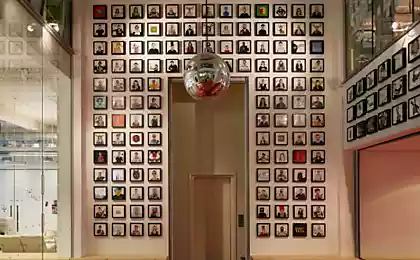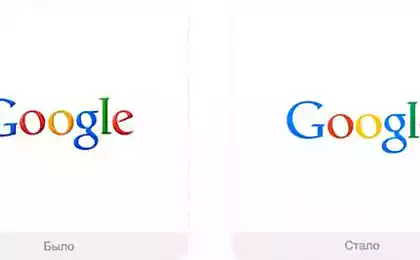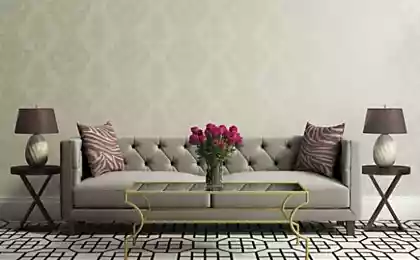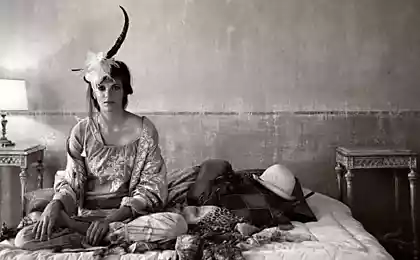261
Psychology Color: How colorful influence of our mood and behavior

Introduction. Since ancient times, people have noticed that the colors that surround us in everyday life have a strong emotional and psychological impact. From bright storefronts and advertising banners to a calm interior design - all this can cause either a surge of energy or a feeling of coziness and relaxation. But why do different shades cause so different feelings? The study of the effects of flowers on the psyche is called color psychology. It addresses a wide range of issues, from biological responses to light wavelengths to cultural factors that determine our preferences. In this article, we will analyze the main mechanisms of color influence on our mood, consider key theories and examples of their application in design, marketing and everyday life.
Why are colors so important to humans?
Color perception is closely related to our physiology: when rays of a certain wavelength hit the retina, a cascade of nerve impulses is triggered, which are processed by the visual cortex of the brain. The response to color is not limited to physiology.
Emotional and behavioral responses are formed through the interaction of genetic traits, personal experiences, and sociocultural contexts. For example, in some cultures, white is associated with wedding purity, in others with mourning.
It is thanks to the combination of biological and cultural factors that colors can cause a variety of feelings: from excitement and inspiration to anxiety and calm. Understanding these mechanisms is important not only for design or marketing professionals, but also for anyone seeking to surround themselves with a favorable atmosphere.

The main color categories and their influence
Warm colors.
Warm colors usually include red, orange and yellow. They are associated with energy, passion and activity.
- Red. Often causes a rush of adrenaline and is associated with danger or passion. It is often used in logos and advertising campaigns to attract attention.
- Orange It symbolizes friendship and enthusiasm. This color is used to emphasize the positive and creative approach.
- Yellow. The color of sunshine and optimism. It can help boost mood and stimulate mental activity, but excessive use can cause irritability.
Cold colors
This group includes blue, blue and purple shades. Their common feature is a calming and stabilizing effect.
- blue It is often associated with trust and trust. No wonder many financial and government organizations use it in a corporate style.
- Blue. It causes associations with the sky and water, helping a person feel calm and clear thoughts.
- Purple. It can be perceived as mysterious and sophisticated. In many cultures, it is associated with creativity and spirituality.
Neutral shades
Neutral colors are often white, black and gray. They can be combined with any shades, enhancing or softening their influence.
- white It usually symbolizes purity and innocence, but in some cultures it has very different connotations (mourning and sadness).
- Black. It is associated with elegance, strength, but also with gloom. Even though black is often tense, it can look luxurious and stylish in certain contexts.
- Grey It is a compromise between light and darkness, most often symbolizing restraint and professionalism. In clothing and design, it is used to emphasize business or minimalist style.
Application of color psychology in life
Flower science is no longer limited to art. It is applicable in a variety of areas:
- Marketing and branding. World-famous companies pay great attention to the choice of colors when developing logos and advertising materials. The right combination of shades can form the right associations and push the consumer to buy.
- Interior and architecture. The shades of walls and furniture have a direct impact on how cozy or energetic the atmosphere in the room will be. For example, pastel warm colors are often chosen for bedrooms and cold ones for office spaces.
- Psychotherapy and medicine. There is a branch known as color therapy (or chromotherapy), in which certain colors are used to provide psychological and even physiological support to patients. Although the scientific basis of this method is still developing, in many medical institutions, the coloring of wards and recreation areas is carefully chosen to support the condition of patients.
- Cinematography and art. Filmmakers and artists use color to shape the atmosphere, evoke emotion in viewers, and create depth of imagery.

Color and culture: How universal is our perception?
Although the biological aspects of color perception are more or less universal for members of the same species, the cultural component plays an equally significant role. What in one society is treated as a symbol of death, in another - a sign of purity and renewal. That is why when working with color (in business, art or in simple presentation preparation), it is important to take into account the ethno-cultural context of the audience.
For example, studies show that red In Asian countries, it has a much more positive connotation than in the West: it can symbolize good luck, prosperity and happiness. On the other hand, in some parts of Europe, red is associated with warning and danger. Understanding these differences helps to avoid misunderstandings and adapt communication to specific conditions.
How to choose "your" color?
There are different approaches to choosing a “personal” color palette – in clothing, workspace or home design. The easiest method is to listen to your own feelings: which shades cause you a feeling of comfort, and which, on the contrary, strain?
Consider both the functionality of the room or object, and the stylistic task. For example, when choosing a color for the office, think about whether you need a creative mindset or a calm work environment. If your work is creative, it may be worth adding bright accents. If it is important to focus on analytical tasks, soft neutral tones are preferred.
Conclusion
Color psychology is a fascinating field that allows us to better understand how we perceive the world and make decisions. Different shades can stimulate activity, create a sense of security or even cause stress – all this makes the right choice of color critical not only in design and advertising, but also in ordinary situations: when organizing space, choosing clothes or planning events.
Whether it is a bright poster decorated in contrasting colors, or a neat business card in a calm color scheme, understanding the principles of color psychology helps build more effective communication, express individuality and form a positive emotional background in any conditions. Listen to your own feelings, take into account the cultural context and experiment – because this is how the most interesting and inspiring colors are born.
Glossary
Color psychology
A scientific direction that studies how different shades affect human emotions, behavior and thinking. See for details. The psychology of color.
Emotional response
The body's internal response to external stimuli (e.g., color), accompanied by specific sensations, feelings, and changes in physiological parameters.
Marketing
A system of measures to promote a product or service, including the study and use of psychological aspects of consumer perception.
Color therapy (chromotherapy)
The method of non-drug effects on the psyche and human body with the help of certain colors and light waves. For more, see Color Therapy.
retina
The inner lining of the eye, consisting of light-sensitive cells (photoreceptors). It converts light signals into nerve impulses.
Digital Aphrodite: How Neurochemistry Explains Survival of Long-Distance Love
Coffee: A 1,200-year journey from Ethiopian mountains to your cup























